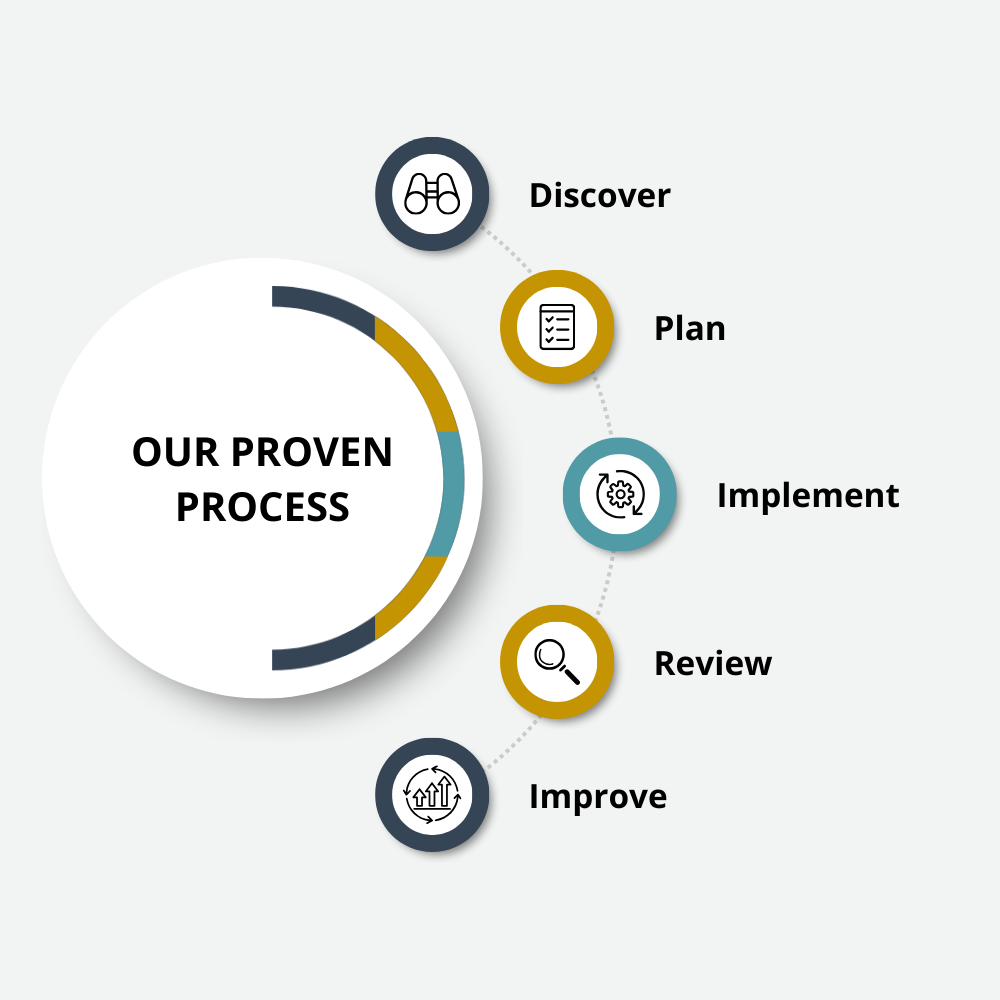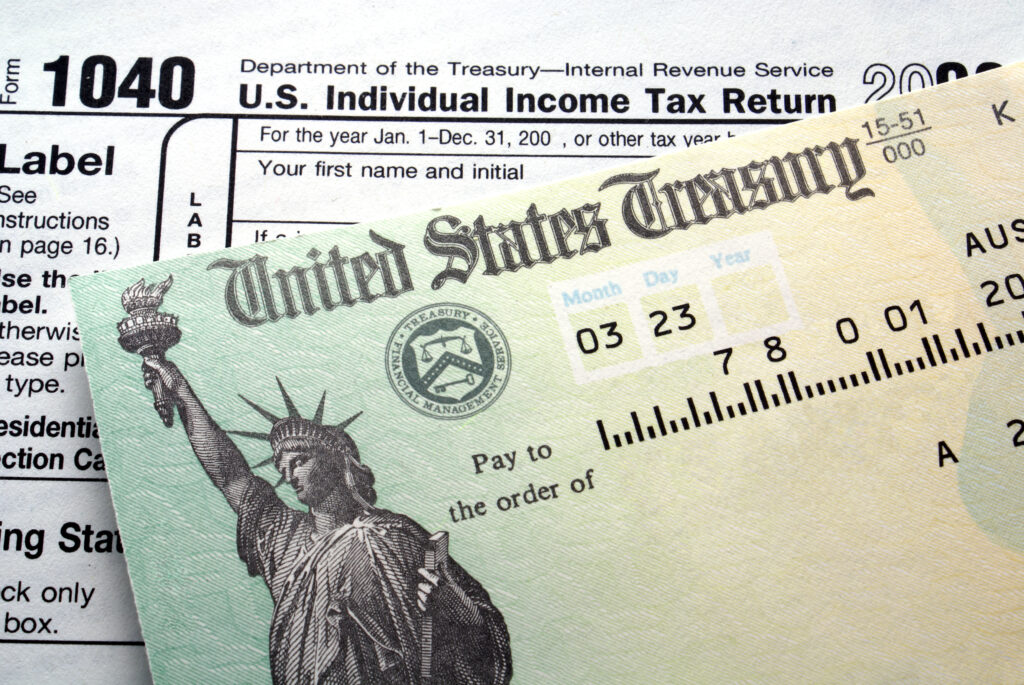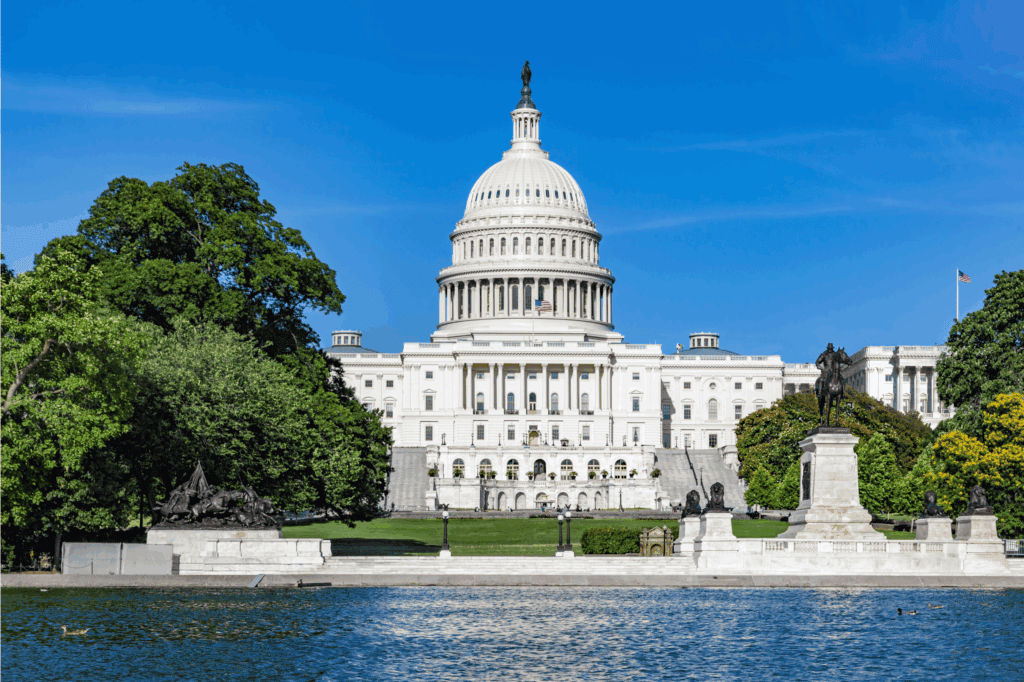By now, some of you have received some form of financial relief in response to the Coronavirus pandemic. It’s important to understand the potential tax implications for both individuals and businesses that have received stimulus and/or relief payments. Although we believe that some of this is subject to change, below is a current summary of recent legislation and what it means for the larger tax planning picture.
For Individuals:
1. Economic Impact Payments – Non-taxable:
Technically a 2020 income tax credit, this direct payment is calculated based on an individuals’ 2018 or 2019 tax returns, as filed. Subject to income phase-outs, the stimulus provided a maximum $1,200 payment to individuals, $2,400 payment to joint taxpayers, as well as an additional $500 per child. Though the payment is not taxable at the federal level, states may impose an income tax. This suggests that you monitor your state’s guidance over the next year.
- Planning Points: File your returns as soon as you can, but delay payments of balances due, as well as first and second quarter federal estimates, until July 15, 2020. Consider delaying the filing of 2019 tax returns if 2018 income was under the phase-outs and/or lower than 2019 income, to maximize recovery rebate checks.
2. Unemployment Benefits – Taxable:
The legislation provides $600 per week of federal unemployment in addition to benefits determined by each state for up to four months. Federal unemployment funding is also expanded to cover groups not usually eligible for coverage, including self-employed individuals, independent contractors, and those with limited work history. Those receiving benefits have the option to have state and federal income taxes withheld.
- Consider having your taxes withheld from unemployment benefit payments — which are taxable — to avoid the larger tax payment due next year. If it’s too late to do this, make sure that you are saving a piece of the benefits for the tax due in the future (25% of the amount received may be a good rule-of-thumb for savings).
3. Additional Retirement Provisions:
The time for funding traditional, Roth, and SEP IRAs has been extended to July 15, 2020. In addition, required minimum distributions (RMD) are suspended for 2020.
New rules allow Coronavirus-related distributions from retirement plans without the 10% penalty, and the distribution can be included in income over a three-year period.
The limit on loans from employer-sponsored retirement plans increased to the lesser of $100,000 or 100% of the present value of the plan benefits for qualified individuals affected by the Coronavirus.
- Planning Points: Review income levels and eligibility to make deductible traditional IRA contributions and/or nondeductible Roth IRA contributions. If income levels are too high to make direct Roth contributions, determine if a backdoor Roth contribution is appropriate.
- For those who have taken RMD distributions already, consider using the 60-day rule to roll them back into the IRA.
For Businesses:
1. Paycheck Protection Program (PPP) Loan Forgiveness – Non-taxable/Taxable:
For the small businesses that received funding under this program, a formal request to have the loan forgiven will be required and submitted to the bank responsible for loaning the money. The submission will require accurate supporting documents.
- Planning Points: It is critical to monitor the spending of the loan proceeds and maintain supporting documentation for every expenditure allowed under the forgiveness program. Allowed expenditures are payroll costs, rent, utilities, and specific mortgage interest paid during the 8-week covered period. The covered period begins on the date the loan was disbursed by the bank.
- Current JFS guidance is that the expenses paid with these funds and utilized in the calculation of forgiveness will not be deductible expenses for tax purposes. This was not the intent of the PPP program when Congress passed the CARES Act. It is anticipated that clarification regarding the deductibility will be issued by the SBA that will favor small businesses and grant the expenses deductible.
2. Economic Injury Disaster Advance/Grant under Loan Program – Non-taxable:
These funds are to be used for any business expenses incurred by the recipient small business. There will be no required proof of the expenditures.
- Planning Points: Small businesses that received a loan under the Paycheck Protection Program should NOT utilize these funds for the “allowed expenditures” under the PPP program. Instead, use them for something not addressed / covered by the PPP.
3. Additional Employer Tax Credits and Net Operating Loss Carrybacks:
An employee retention tax credit is now available to employers that were significantly impacted by the crisis, and is applied to offset Social Security payroll taxes; the credit is equal to 50% of qualified wages up to a certain maximum. Employers may defer paying the employer portion of Social Security payroll taxes through the end of 2020 and may pay the deferred taxes over a two-year period of time; self-employed individuals are able to do the same.
- Planning Points: Changes in net operating loss rules, now allowing carrybacks, may allow taxpayers to carry back losses to claim a refund of taxes previously paid. Consider the tax rates that the losses will be carried back to versus the potential tax rate for future tax years.
This list of planning implications is not exhaustive or complete. There is likely to be a steady stream of guidance forthcoming with details relating to many of these provisions, so stay tuned for more information. Contact your advisory team at JFS to plan for your individual situation. We remain available and here to answer any questions you may have.




















